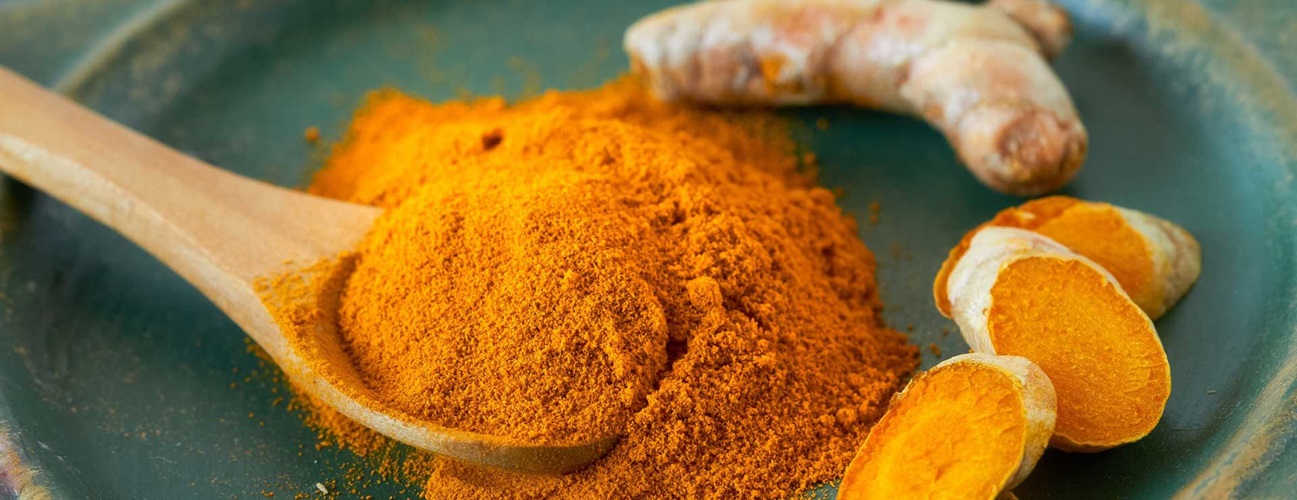The Indian chocolate industry is capturing the attention of global chocolatiers. In traditional Indian markets, the aroma of freshly roasted cocoa beans now mingles with the familiar scents of incense and spices. However, a deeper story unfolds for those curious about the journey from bean to bar.
A Nation Embraces Chocolate
India, historically known for chai and traditional sweets, has seen a shift in its relationship with chocolate in recent years. The bean-to-bar movement and changing consumer preferences have transformed the country’s chocolate landscape. Yet, this progress faces a significant hurdle: rising global cocoa prices.
The Bean-to-Bar Revolution
The bean-to-bar concept, which gained momentum in 2005 and became popular in India over the past decade, focuses on small makers controlling every step of the chocolate-making process. These businesses procure raw cacao beans, then clean, roast, crack, winnow, and grind them into finished bars. This approach allows for unique flavor profiles, highlighting the distinctive characteristics of Indian cacao.
This method resonates with discerning Indian consumers who seek high-quality, artisanal products. The movement has also spurred interest in local cacao cultivation, with regions like Kerala and Karnataka emerging as cocoa hotspots.
A Global Cocoa Crisis
India’s artisanal chocolate brands flourished under this movement, but a global cocoa crisis looms. Poor crops in major cocoa-producing regions like the Ivory Coast and Ghana have led to significant supply shortages and sharp price increases in the global market. This volatility affects the entire chocolate industry, from multinational corporations to small-scale artisans, presenting a substantial challenge, especially in price-sensitive markets like India.
Adapting to New Realities
To navigate this cocoa conundrum, India’s chocolate industry has had to innovate and adapt. Large manufacturers are implementing modest price increases of 8-10% and focusing on internal improvements—streamlining manufacturing processes, optimizing product ranges, and enhancing packaging and supply chain management. Many producers are reevaluating their offerings, shifting towards smaller portion sizes and bite-sized snacks to maintain attractive price points.
The bean-to-bar segment, emphasizing quality over quantity, remains somewhat insulated from the worst effects of price hikes. Artisanal producers have been transparent about the need for slight price adjustments, and their loyal customers have largely supported them.
Interestingly, the cocoa crisis coincides with evolving consumer preferences in India. There’s a growing interest in dark chocolate, single-origin bars, and unique flavor combinations showcasing local ingredients. This shift allows producers to focus on value-added products that can command higher prices, helping offset increased raw material costs.
India’s domestic cocoa supply chain has also provided some relief. Though small by global standards, the country’s cocoa production has been steadily increasing, though it still requires imports to meet demand. Balancing quality beans with cost considerations remains a delicate act for many producers.
Looking Ahead
Despite these challenges, there’s cautious optimism about the future. Favorable weather conditions in Africa could improve cocoa supply from October onwards, potentially easing prices. Meanwhile, Indian chocolate makers are doubling down on innovation, exploring alternative sweeteners, and developing new flavor profiles to keep chocolate affordable and exciting for consumers.
The bean-to-bar movement continues to drive India’s chocolate industry forward, raising quality standards and fostering a deeper connection between consumers and their chocolate. As India’s chocolate journey unfolds, the industry’s resilience and creativity in facing challenges bode well for the future, from mass-produced bars to artisanal single-origin creations.
Authored by: Vimal Sharma, Founder, Director, and CEO, SMOOR Chocolates




